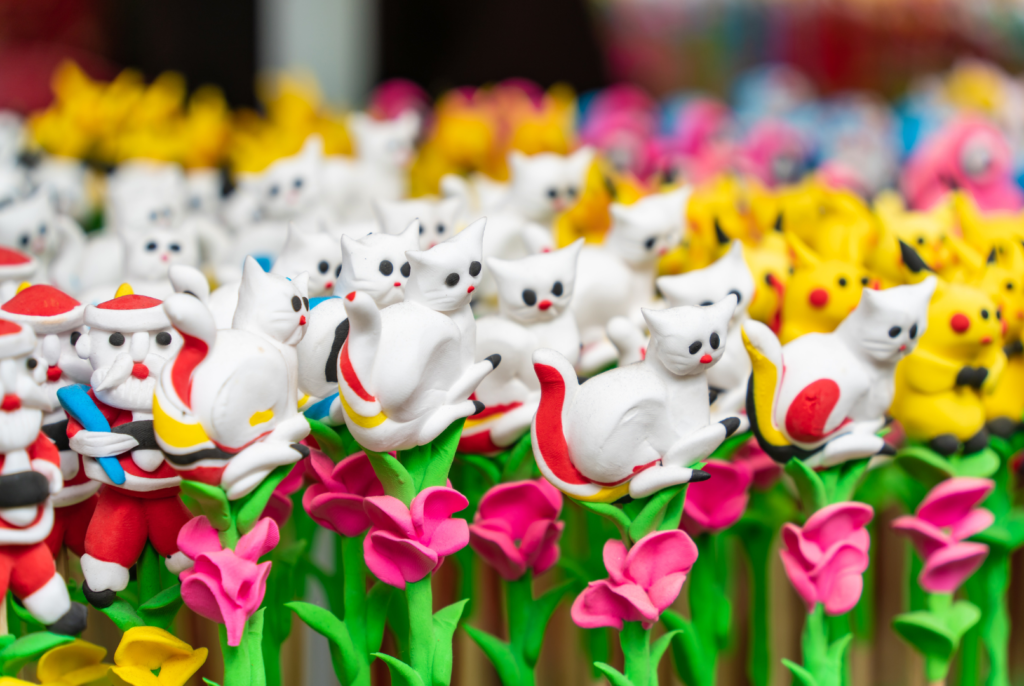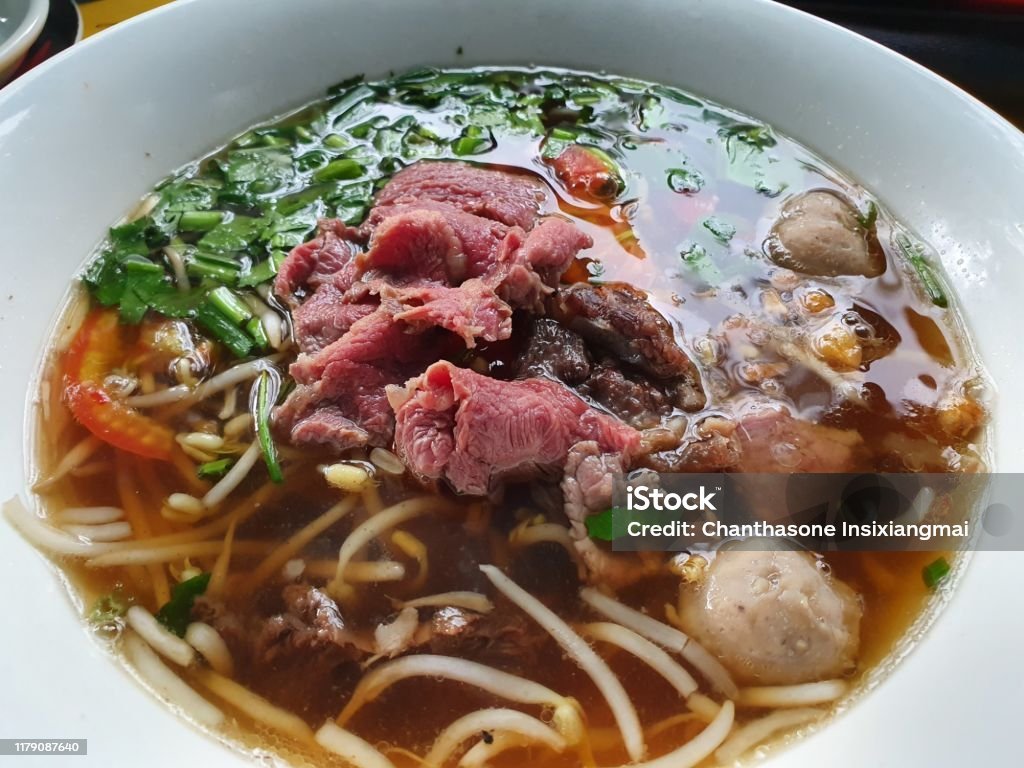
Tò He is a traditional Vietnamese folk art that involves crafting toy figurines from coloured rice dough. These figurines are not only toys for children but also serve as an expression of cultural heritage and artistic creativity. The craft of making Tò He has been passed down through generations, preserving its cultural significance and traditional methods.

Historical Background
The art of Tò He dates back over 300 years, originating in the Red River Delta region of Northern Vietnam. Initially, these figurines were used as offerings during religious ceremonies and festivals. Over time, they evolved into popular toys for children, especially during the Mid-Autumn Festival (Tết Trung Thu) and other traditional celebrations.
Crafting Process
Creating Tò He involves several steps, requiring skill and patience:
1. Dough Preparation: The dough is made from glutinous rice flour, which is kneaded into a pliable consistency. Natural dyes, extracted from plants and vegetables, are added to give the dough vibrant colours.
2. Shaping: Artisans use simple tools like bamboo sticks and small knives to shape the dough into various forms. Traditional figures include animals, flowers, and characters from folklore and mythology.
3. Details and Finishing: Once the basic shape is formed, finer details are added. This includes features like eyes, mouths, and decorative elements. The figurines are often mounted on a bamboo stick for easier handling and display.

Cultural Significance
Tò He figurines are deeply embedded in Vietnamese culture. They are often created during festivals and special occasions, serving as symbols of luck and prosperity. The craft also plays a role in educating children about cultural stories and traditional values.
The Mid-Autumn Festival is a key event where Tò He figurines are prominently featured. During this festival, children parade with lanterns, and Tò He artists showcase their skills, creating an atmosphere of joy and festivity.

Modern Adaptations
In recent years, Tò He has seen a resurgence in popularity. Contemporary artists have introduced new themes and characters, including modern cartoons and superheroes, while still maintaining traditional techniques. This fusion of old and new keeps the craft relevant and appealing to younger generations.
Efforts have also been made to preserve and promote Tò He through workshops, exhibitions, and cultural programs. These initiatives aim to keep the tradition alive and introduce it to a broader audience, both within Vietnam and internationally.
Conclusion
Tò He is more than just a children’s toy; it is a vibrant representation of Vietnamese culture and artistic heritage. The meticulous process of crafting these figurines reflects the creativity and skill of Vietnamese artisans. As efforts to preserve and modernize Tò He continue, this unique art form will remain a cherished part of Vietnam’s cultural landscape.






